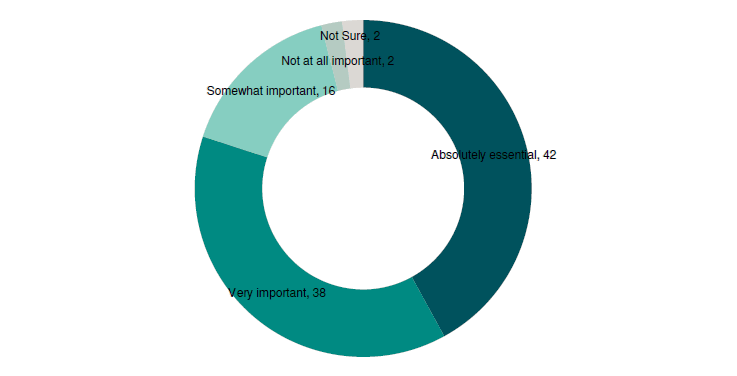|
|
|
|
|
|
|
News & Views item - July 2010 |
![]() FASTS and AAS Ask a Sample of 1,515 Australians 6 Questions Involving Scientific
Knowledge and 1 Opinion. (July 30, 2010)
FASTS and AAS Ask a Sample of 1,515 Australians 6 Questions Involving Scientific
Knowledge and 1 Opinion. (July 30, 2010)
The Federation of Australian Scientific and Technological Societies in partnership with the Australian Academy of Science have released the results of a nationwide science literacy survey which they commissioned from Auspoll.
The results,
Science literacy in Australia,![]() are available online and give not only the overall results but breakdowns
based on gender, age and level of education.
are available online and give not only the overall results but breakdowns
based on gender, age and level of education.
Referring to the results of the survey, physicist Dr Cathy Foley, President of FASTS said:
Ā"These are worrying results as a basic understanding of science is needed for the community to make informed decisions about their health, the environment and technological changes.
Ā"The results underscore the need for students to be exposed to science and
mathematics through a well resourced education system, rather than learning
about science through Jurassic Park.
Ā
"It is terrific to see Australians clearly value science with 80 per cent acknowledging that science education is absolutely essential or very important to the national economy. But this is not translating to enough students taking mathematics and science subjects."
In fact Australia has experienced a 27 per cent decline (between 1995 and 2007)
in the number of high school students taking advanced maths, and a 15 per cent
decline during 2001Ā-07 in the number of students majoring in maths at
university. This comes at a time when demand for mathematics and statistics
graduates is predicted to grow by 3.5 per cent every year until 2013, despite
supply trending in the opposite direction.
Australia is behind the pack internationally. We rank 20th out of 30
OECD countries when it comes to the number of university graduates emerging with
a science or engineering degree.
Ā
"Sharper focus and additional longĀ]term resources are needed to improve science knowledge across the community. We need to make a strong commitment to science and mathematics education," said Professor Bob Williamson speaking for the AAS.
And Professor Jenny Graves added, "We must ensure that all Australian school
students are taught to inquire about the natural and built world, solve problems
and be given the opportunity to learn from well qualified and properly supported
teachers and lecturers. Proven programs like the Australian Academy of Science's
Primary Connections and Science by Doing require ongoing support if the new
Australian science curriculum is to be implemented successfully."
And listen to a short interview with Dr Foley.
The 7 questions:
Q1: How long does it take for the Earth to go around the
Sun?
Q2: Is the following statement true or false? The earliest humans lived at the
same time as dinosaurs.
Q3: What percentage of the Earthís surface is covered by water?
Q4: What percentage of the Earthís water is fresh water?
Q5: Do you think that evolution is occurring?
Q6: Do you think that humans are influencing the evolution of other species?
Q7: In your opinion, how important is science education to the Australian
economy?
But the question, what percentage of Australia's GDP should be allocated to
research and development? was not asked.
And the overall replies:
Q1: How long does it take for the Earth to go around the Sun?
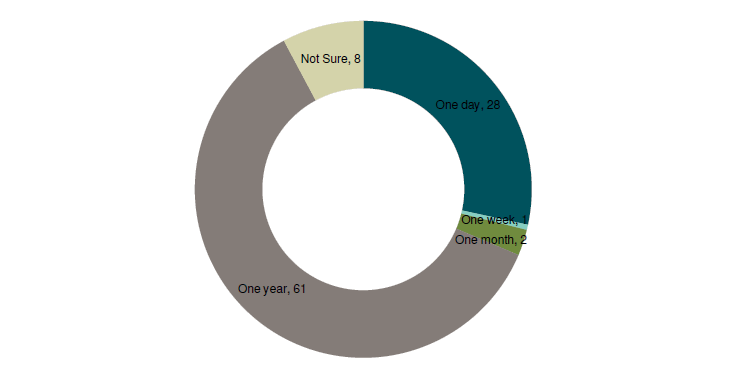
Q2: Is the following statement true or false? The earliest humans lived
at the same time as dinosaurs.
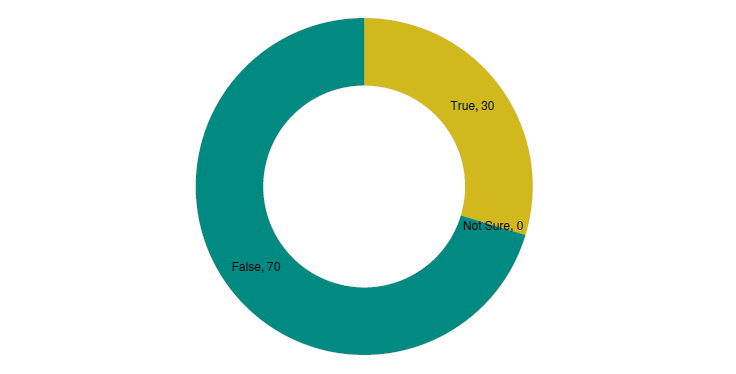
Q3: What percentage of the Earthís surface is covered by water?

Q4: What percentage of the Earthís water is fresh
water?
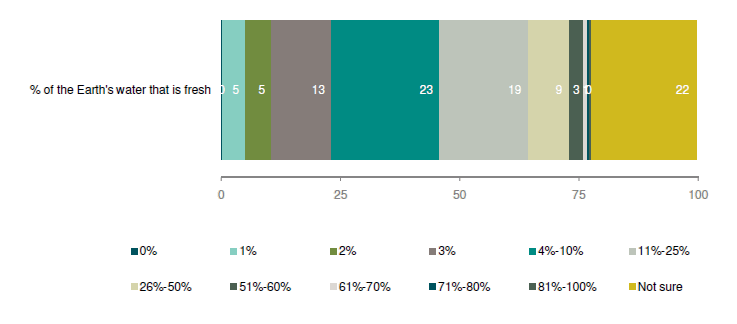
Q5: Do you think that evolution is occurring?
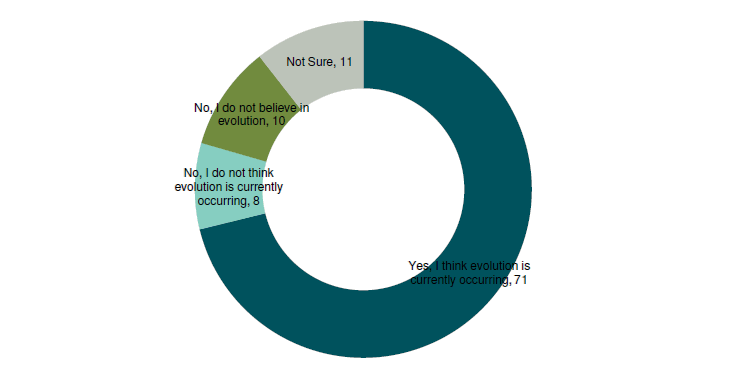
Q6: Do you think that humans are influencing the evolution of other species?
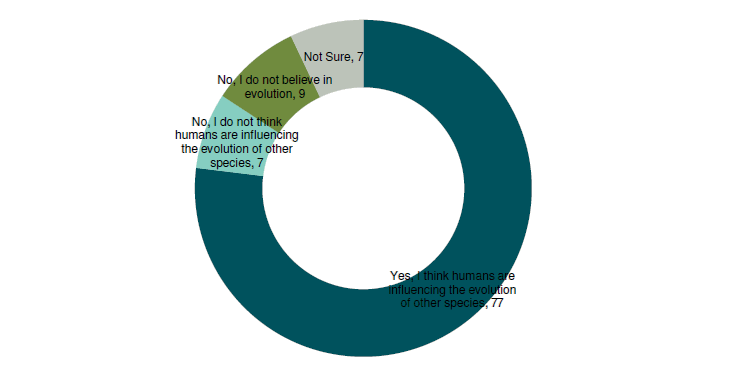
Q7: In your opinion, how important is science education to the Australian economy?
